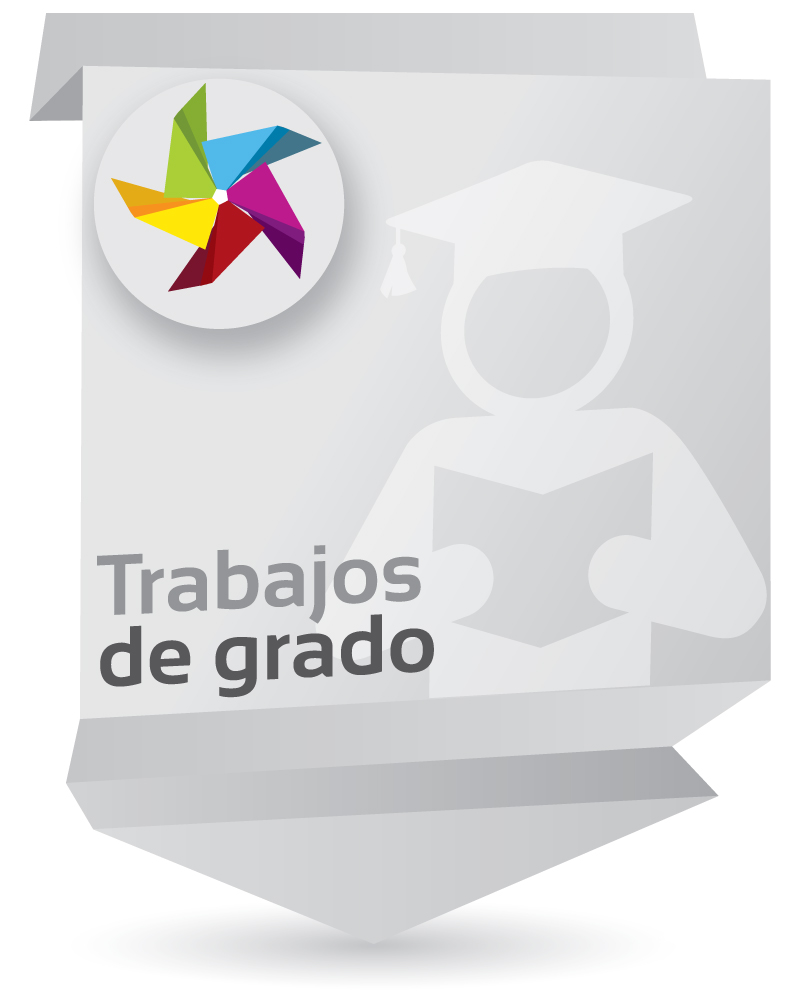Incidencia de las rutinas de pensamiento en el desarrollo de las habilidades del pensamiento

View/
Item Links
URI: http://hdl.handle.net/10818/50618Compartir
Statistics
View Usage StatisticsMetrics
Bibliographic cataloging
Show full item recordAsesor/es
Acuña Beltrán, Luisa FernandaDate
2022-02-09Abstract
El presente documento da cuenta de una investigación realizada en el Centro de Comercio, Industria y Turismo del SENA, regional Córdoba, que tuvo como propósito analizar la incidencia de la estrategia rutinas de pensamiento en el desarrollo del pensamiento crítico, en las habilidades: argumentación, solución de problemas y metacognición, seleccionadas a partir de la revisión teórica realizada. El estudio surge a partir de una necesidad evidenciada en los aprendices de este centro de formación, relacionado con estas habilidades consideradas como elementos centrales del pensamiento crítico. This study followed an action research approach to determine the incidence of strategy
thinking routines in argumentation skills, problem solving and metacognition, as essential factors
of critical thinking in a group of students from the Center for Commerce, Industry and Tourism
of SENA, regional Córdoba. It is an explanatory study that used interview, survey, field diary
entries, and focus groups to collect data and diagnose.
The study took into account the approaches of Oscar Tamayo, Yasaldez Loaiza and
Rodolfo Zona, researchers with extensive experience in the subject at matter; and the strategy
was based on Ron Ritchhart’s proposals.
The results showed that the strategy had a positive impact on the development and
enhancement of critical thinking, allowing learners to improve their argumentative skills,
problem solving and metacognition, being more aware of their learning processes.
Finally, the implementation of the strategy Thinking Routines had a noticeable impact on
pedagogical practice in terms of planning, intervention in the classroom and evaluation, to the
extent that these moments demand from the teacher higher levels of involvement and awareness.
It also allowed to feed the institutional learning guides with novel strategies, creative and
dynamic.












![pdf [PDF]](/themes/unisabana//images/mimes/pdf.png) Ver documento en PDF (1.488Mb)
Ver documento en PDF (1.488Mb)




